SOURCE: RAUNAK KUNDE / NEWS BEAT / IDRW.ORG
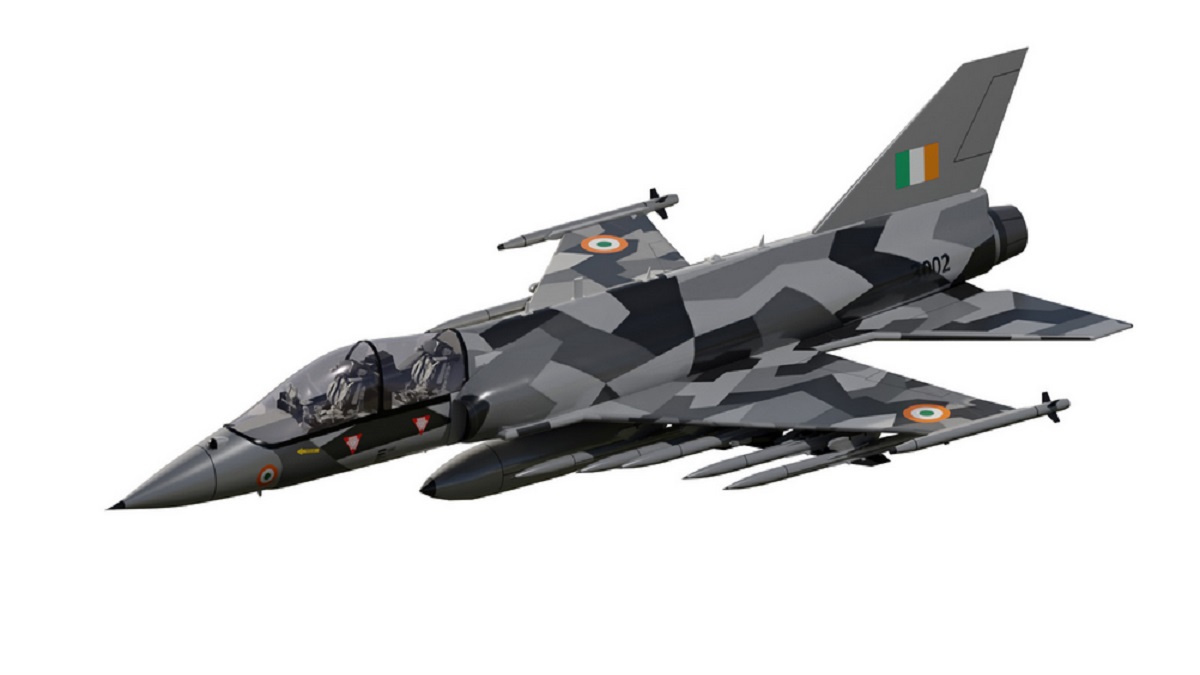
State-owned company HAL (Hindustan Aeronautics Limited) has announced plans to collaborate with private sector companies to develop the HLFT-42 ‘Next Gen Supersonic Trainer.’ This advanced trainer aircraft is expected to play a critical role in modern combat aircraft training, equipped with cutting-edge avionics such as Active Electronically Scanned Array, Electronic Warfare Suite, Infrared Search and Track (IRST), and Fly By Wire control (FBW) system.
The project, initially conceptualized by HAL in 2017, has made progress in terms of design and development. The HLFT-42 is intended to support the training needs of various aircraft models, including LCA Mk II, Advanced Medium Combat Aircraft (AMCA), and Multi-Role Fighter Aircraft (MRFA). Additionally, HAL is also seeking a next-generation aero-engine with higher thrust capabilities for the aircraft.
Continue readingSOURCE: RAUNAK KUNDE / NEWS BEAT / IDRW.ORG
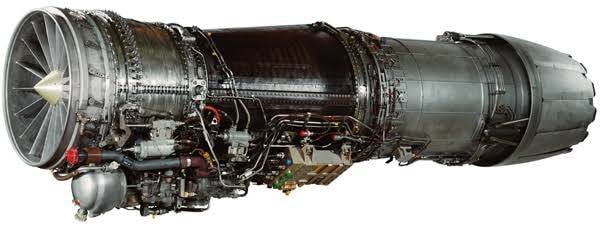
GE Aerospace will be providing support for the supply of components for the F-404 engines that will power the Tejas Mk1A fighter jets. As part of this initiative, a dedicated engine test facility will be established at the base depot level to cater to the fleet’s requirements.
Hindustan Aeronautics Limited (HAL), the state-owned aerospace company, had previously placed an order for 99 F404-GE-IN20 engines worth $716 million. These engines will be utilized in the production of 83 indigenous LCA Mk1A Tejas light combat aircraft. HAL had previously procured 45 F404 engines from GE and was responsible for providing fleet support to the Indian Air Force (IAF) on behalf of GE.
Continue readingSOURCE: RAUNAK KUNDE / NEWS BEAT / IDRW.ORG

Bharat Dynamics Limited (BDL) is currently engaged in discussions with the Indian Air Force (IAF) to finalize a contract for the procurement of an indigenously-developed smart anti-airfield weapon. This advanced weapon system has been developed by the Defence Research & Development Organisation (DRDO). BDL anticipates receiving orders later this year, with the production of the Smart Anti-Airfield Weapon (SAAW) scheduled to commence in 2024-25.
The DRDO has conducted tests for two different configurations of the SAAW. One configuration incorporates satellite navigation and an electro-optical sensor, while the other features an electro-optical system equipped with Imaging Infra-Red (IIR) Seeker technology. The inclusion of the IIR seeker enhances the weapon’s precision strike capability, demonstrating its effectiveness in 2021.
Continue readingSOURCE: RAUNAK KUNDE / NEWS BEAT / IDRW.ORG

India’s Defence Research and Development Organisation (DRDO) is set to initiate developmental trials for the Long-Range Land Attack Cruise Missile (LRLACM) following the completion of planned flight tests for its Indigenous Technology Cruise Missile (ITCM). The ITCM serves as a technology demonstrator program aimed at validating the capabilities of the indigenously developed small turbofan engines (STFEs), and the trials are scheduled to conclude later this year.
According to insiders familiar with the matter, the developmental trials for the LRLACM are expected to commence by mid-2024 or later. The trials will showcase the integration of the STFE engine along with an upgraded X-band imaging synthetic aperture radar, boasting an impressive range of 1,500 kilometers.
Continue readingSOURCE: RAUNAK KUNDE / NEWS BEAT / IDRW.ORG

In a positive turn of events, India has successfully re-engaged Germany’s ThyssenKrupp Marine Systems (TKMS) for the Project-75I tender. Following productive talks between the Indian and German defence ministers, Germany has assured that it will submit a response to the Request for Proposal (RFP) before the deadline of 1st August. This proactive step is aimed at avoiding the need for a retendering process due to a lack of response.
Reportedly, TKMS has proposed its Type 214 submarine class, specifically designed for the export market, to India. These diesel-electric submarines come equipped with advanced features, including an air-independent propulsion (AIP) system that utilizes Siemens polymer electrolyte membrane (PEM) hydrogen fuel cells. This enables the submarine to remain submerged for an impressive duration of up to 84 days.
Continue readingSOURCE: RAUNAK KUNDE / NEWS BEAT / IDRW.ORG
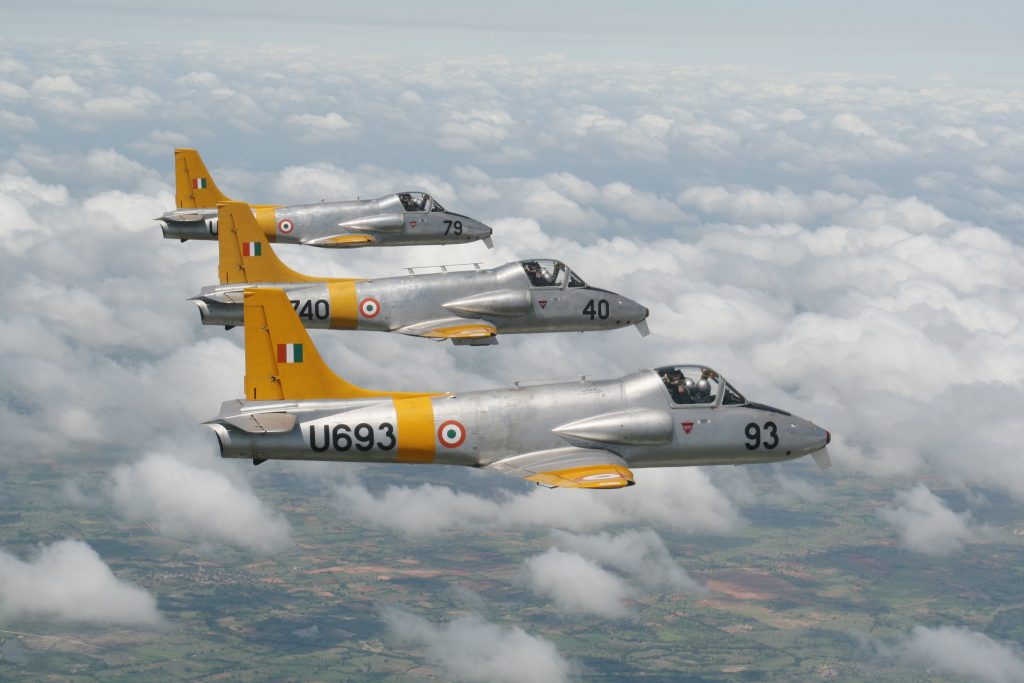
The Indian Air Force (IAF) is set to retire its ageing Kiran trainer aircraft from 2025 onwards and replace it with the Sitara intermediate jet trainer (IJT) developed by Hindustan Aeronautics Limited (HAL) starting in 2026. According to sources familiar with the matter told idrw, HAL has assured the IAF that the IJT will complete all pending trials and meet the requirements for induction into the air force.
One of the key milestones in the development of the Sitara IJT was the successful completion of spin trials. Following major modifications to the rear tail section in 2019, the aircraft has demonstrated six spin turns, as mandated by the IAF. This achievement has instilled confidence in HAL and the IAF that the Sitara IJT is ready to progress to user trials.
Continue readingSOURCE: RAUNAK KUNDE / NEWS BEAT / IDRW.ORG

The upcoming Netra MkII Airborne Early Warning and Control System (AEW&CS), based on the Airbus A321 platform, will introduce a range of improvements to its capabilities. The system is designed to perform functions such as Search, Detect, Track, Identify, Integrate Sensor Data, Communicate with Ground and Air Stations, Conduct Threat Evaluation, Assign Weapons and Intercept Control, Intercept and Analyze Communication Signals, and Conduct Border Control and Surveillance of Economic Zones.
One significant enhancement in the AEW&C MkII is the integration of a new and improved AESA-based Primary Radar (PR). This advanced radar system offers an extended range, providing a broader coverage area. Additionally, insiders familiar with the matter have confirmed idrw that the upgraded radar will possess enhanced capabilities to track ballistic missiles.
Continue readingSOURCE: RAUNAK KUNDE / NEWS BEAT / IDRW.ORG

In light of uncertainties surrounding the halted negotiations between India and Russia for the acquisition of 10 Kamov Ka-31 airborne early warning helicopters, Indian Navy officials have begun seeking alternatives to fulfil their requirements. The deal, valued at $520 million, was put on hold due to concerns over arms supplies amid Russia’s invasion of Ukraine last year. However, the Indian Navy, which currently operates 14 Ka-31 helicopters, requires these aircraft for the effective airborne surveillance and control (ASaC) of other aircraft within the strike group of its second aircraft carrier, INS Vikrant.
Insiders familiar with the matter have confirmed that the Ka-31 deal is unlikely to proceed soon. Consequently, Indian Navy officials have initiated the search for suitable alternatives to fulfil their airborne early warning craft needs.
Continue readingSOURCE: RAUNAK KUNDE / NEWS BEAT / IDRW.ORG
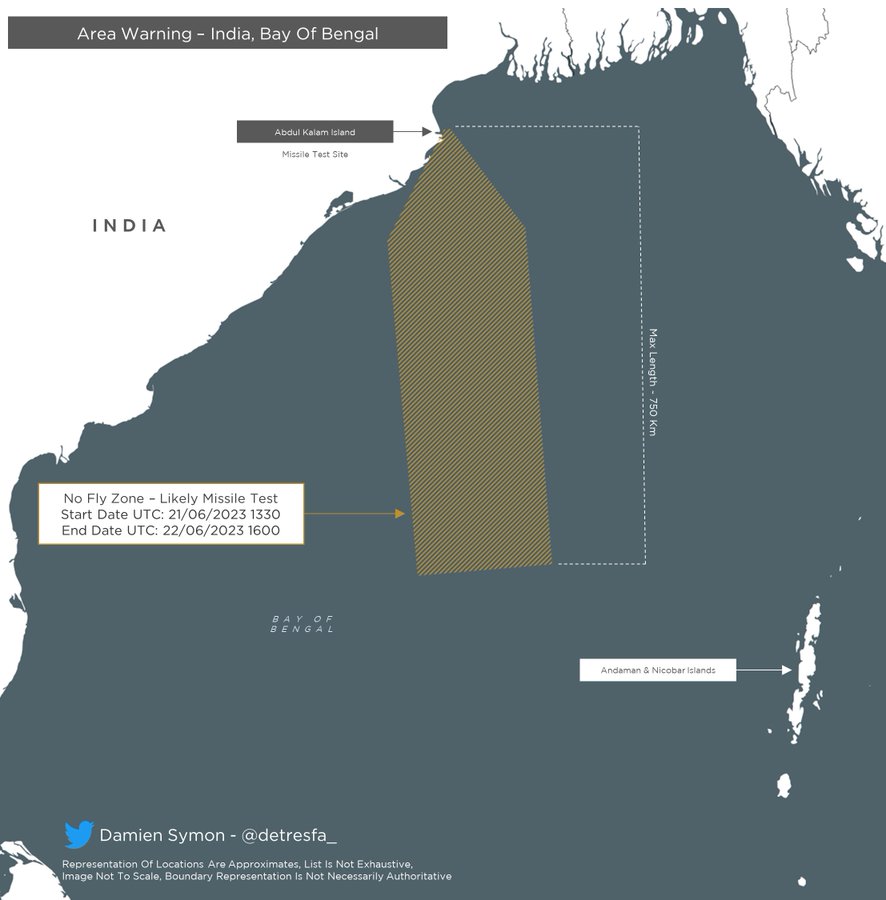
India has issued Revised Notices to Airmen (NOTAM) for a launch of a missile in the Bay of Bengal for the period from 21-22 June 2023 t as per information provided by Twitter user Damien Symon@detresfa_.
The designated area for the NOTAM is 750km in length which indicates it might be a test of the Agni-I from Abdul Kalam Island.
Continue readingSOURCE: RAUNAK KUNDE / NEWS BEAT / IDRW.ORG

The Indian Space Research Organisation (ISRO) has reached a significant milestone in its ambitious Next Generation Launch Vehicle (NGLV) project. According to ISRO Chairman S. Somnath, the architecture for the NGLV has been finalized, marking a crucial step forward in India’s space exploration endeavors.
The NGLV project has been eagerly anticipated, and the preliminary report detailing the rocket’s design and technological requirements has been submitted by the dedicated team. The report outlines various aspects such as the rocket’s appearance, recommended technological advancements, manufacturing techniques, and suitable locations for production.
Continue readingSOURCE: RAUNAK KUNDE / NEWS BEAT / IDRW.ORG
Tata Advanced Systems is expected to play a significant role as a supply chain partner for GE Aerospace and Hindustan Aeronautics Limited (HAL) in the manufacturing of components for the F-414 engine.
The Engine Division of HAL is likely to produce the F-414 engine in India, and GE is eager to establish a robust network of medium and small business suppliers (MSMEs) in the country for the engine program. Tata Advanced Systems is poised to become a Tier-I partner for the engine program, working closely with GE and HAL.
Continue readingSOURCE: RAUNAK KUNDE / NEWS BEAT / IDRW.ORG
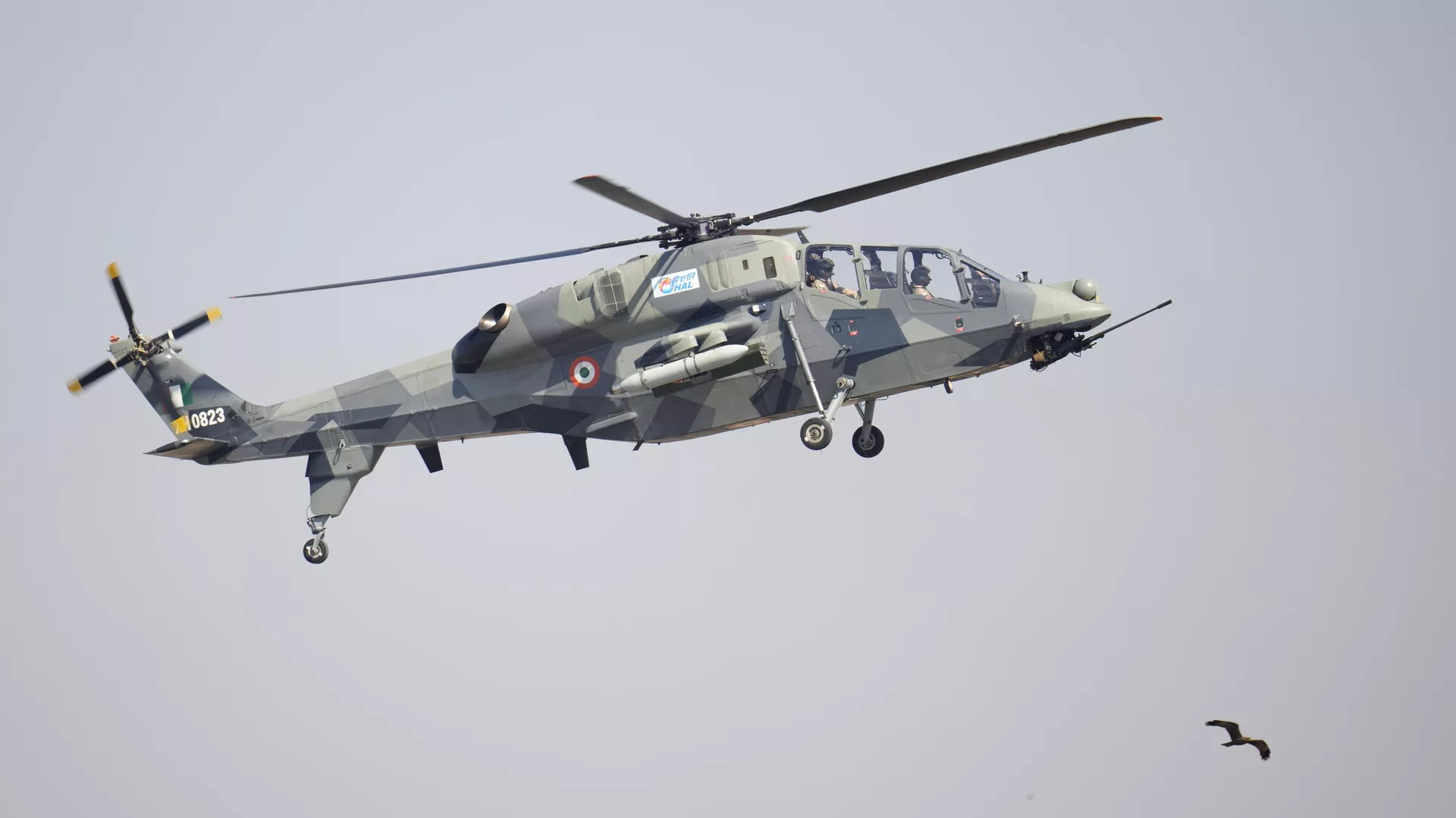
HAL (Hindustan Aeronautics Limited) officials, in collaboration with Indian Ambassador to Argentina, Dinesh Bhatia, recently held a meeting with Argentina Air Force officials to discuss potential export opportunities. The focus of the discussion was two Indian helicopters that had captured the attention of the Argentine air force officials during the Defence expo and Aero India.
During the Defence expo, Brigadier General Xavier Issac, Chief of the Argentine Air Force, was given a detailed tour of the LCH Prachand, an advanced attack helicopter developed by HAL. The visit allowed the Argentine official to witness the capabilities and features of the helicopter firsthand. Subsequently, during Aero India, a team of pilots from Argentina had the privilege of exploring the LCH Prachand, providing them with valuable insights into its performance and potential applications.
Continue readingSOURCE: RAUNAK KUNDE / NEWS BEAT / IDRW.ORG
India and the United States are making progress towards a deal for the Transfer of Technology (ToT) of the F414 engine, which will be locally manufactured in India. This engine is intended for India’s Tejas MkII program and is also planned to be used on the upcoming TEDBF and AMCA fighter jets. Despite this, India remains committed to developing its indigenous Kaveri engine, which has been under development for the past three years.
The Kaveri engine is set to be reborn as the Dry Kaveri. Recent tests conducted at high-altitude facilities in Russia have demonstrated a thrust of 48 kN, although the production variant will be capped at 46 kN. The Dry Kaveri engine will power India’s upcoming Stealth Unmanned Combat Aerial Vehicle (UCAV) program, with plans to develop an improved variant for the Tejas Mk1 program as well.
Continue readingSOURCE: RAUNAK KUNDE / NEWS BEAT / IDRW.ORG

The Indian Navy has expressed a strong interest in procuring six additional Boeing P-8I Long Range Maritime Reconnaissance (LRMR) aircraft from the United States through a multi-billion-dollar Government-to-Government deal. This decision might be followed post renegotiations due to the expiration of the price offer last year, which later has to be cleared by India’s Defence Acquisition Council (DAC) led by the Defence Minister.
Initially, the Indian Ministry of Defence (MoD) had put the procurement of additional P-8I aircraft on hold to promote local alternative solutions. However, the Navy, seeking to enhance its maritime reconnaissance and anti-submarine warfare capabilities, is unwilling to wait for a local solution that could potentially take a decade or more to materialize. This urgency is driven by growing Chinese Naval assertions in the Indian Ocean Region (IOR).
Continue readingSOURCE: RAUNAK KUNDE / NEWS BEAT / IDRW.ORG
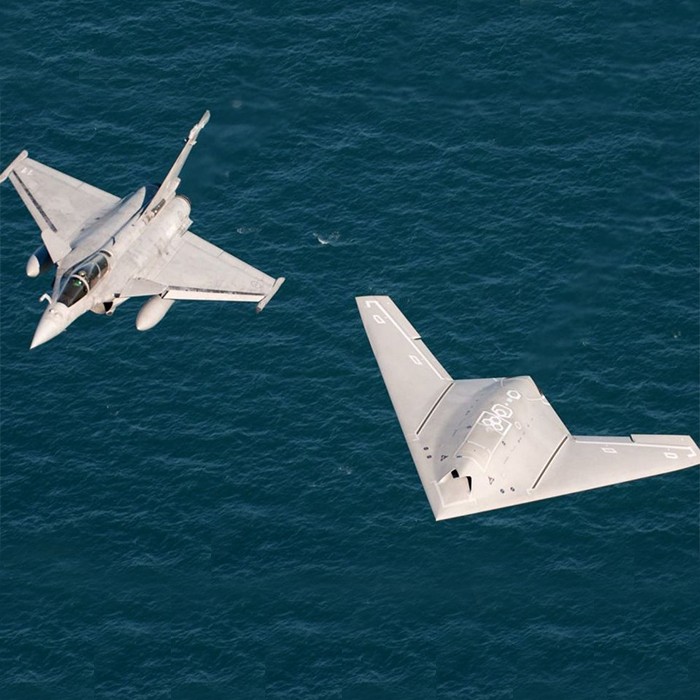
Dassault, the French aerospace company, has initiated the development of F5 Standard upgrades for its Rafale fighter jet. These upgrades will incorporate the latest systems, enabling the Rafale to effectively interact with Unmanned Aerial Vehicles (UAVs) such as Loyalwingman and Unmanned Stealth UCAVs. The integration of these capabilities is set to begin in 2030 and will provide backward compatibility, allowing current users of the Rafale, including India with its fleet of 36 Rafale 3FR jets, to seamlessly control and execute combat operations alongside various UAVs.
Dassault Aviation is actively working on these upgrades to enable the Rafale F5 to collaborate with the European Future Combat Aircraft System (FCAS) and other Loyal wingman programs being developed in Europe. However, it is currently unclear whether these upgrades will also facilitate interactions between the Indian variant of the Rafale and domestically produced Indian Loyal wingman and UCAVs.
Continue reading